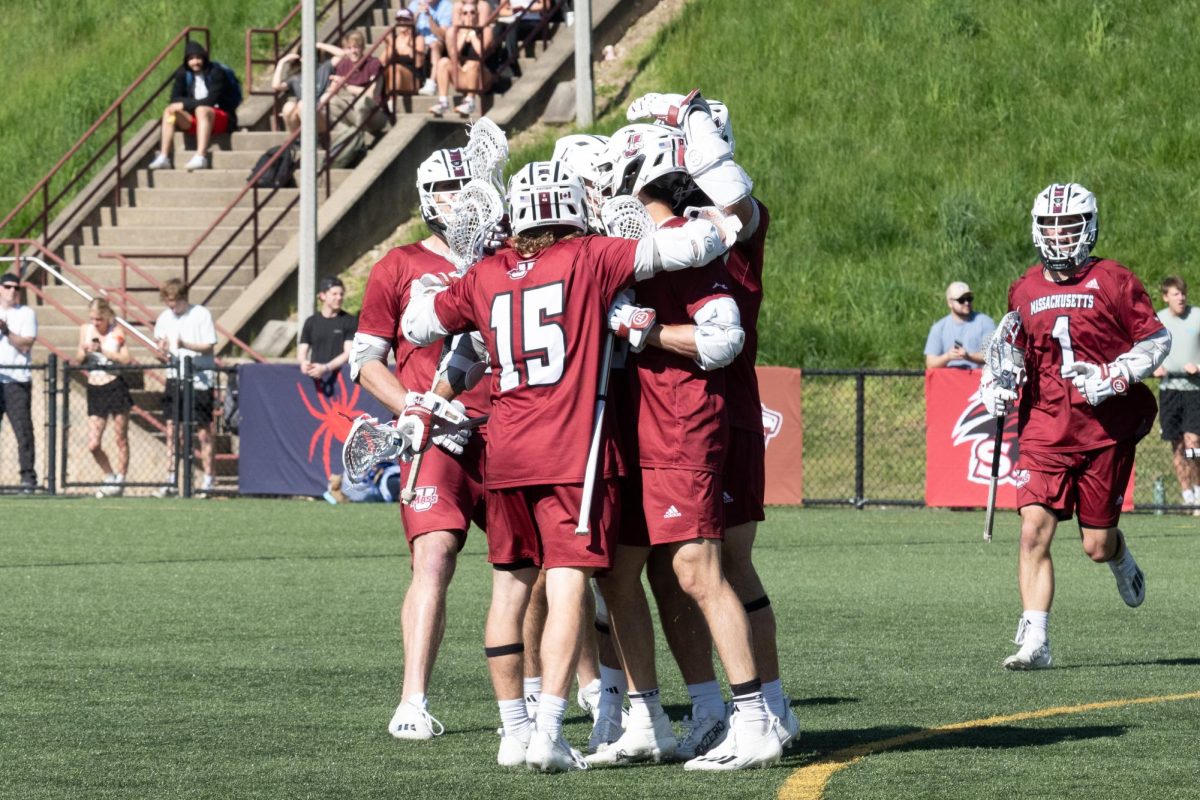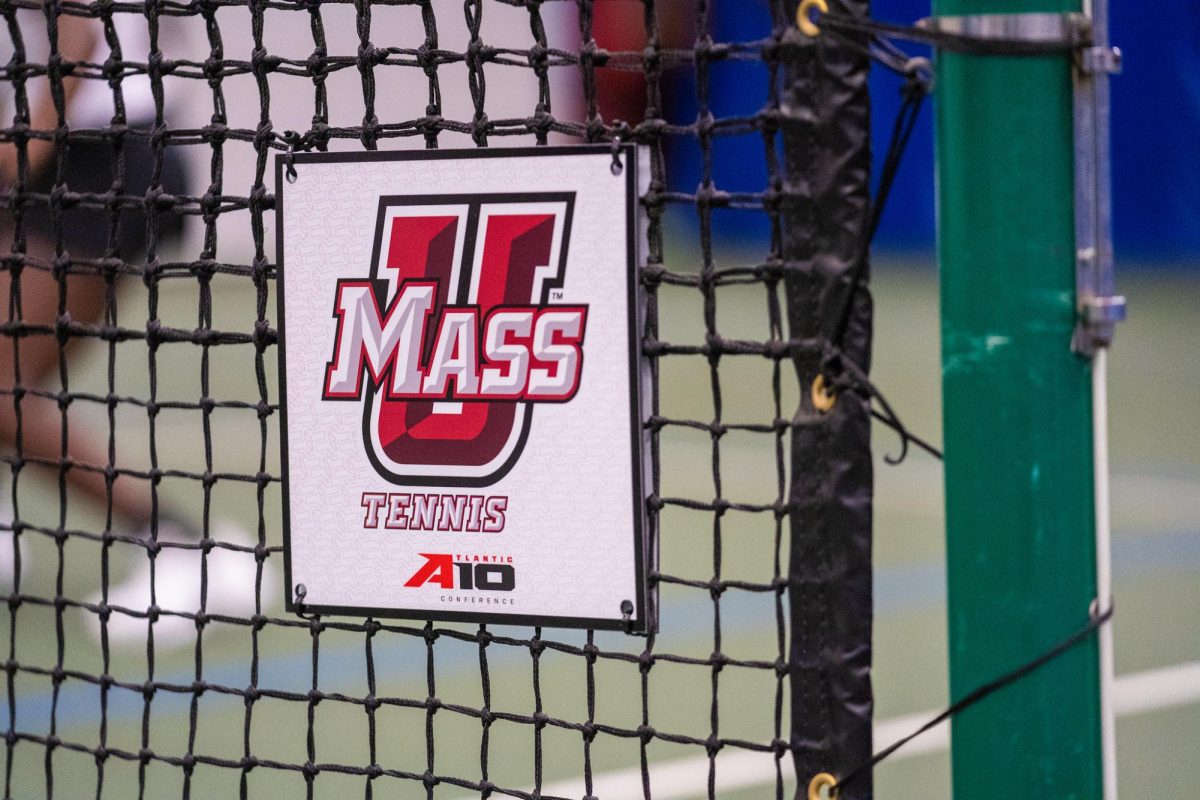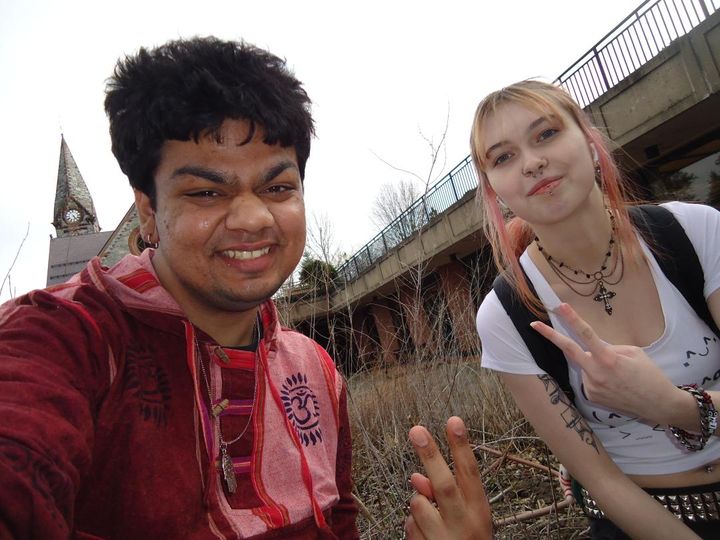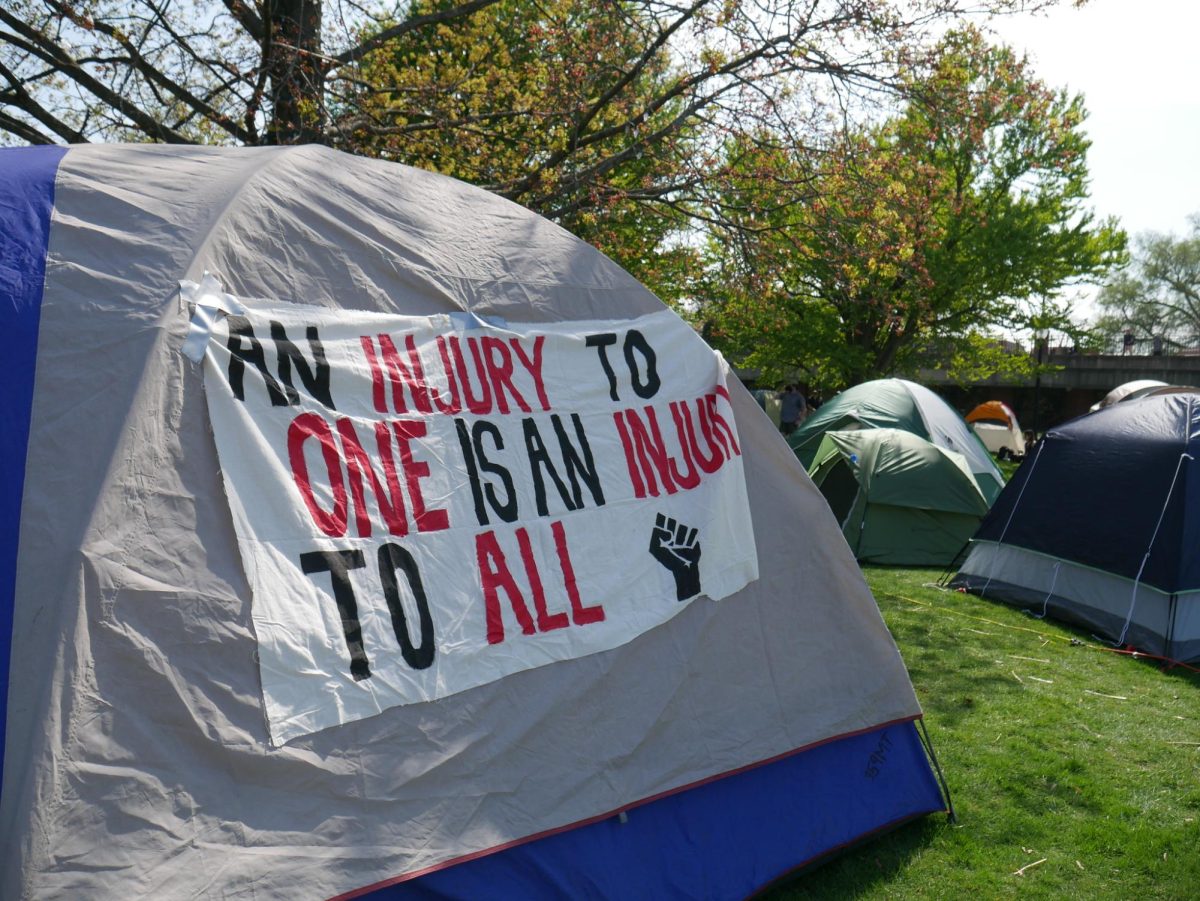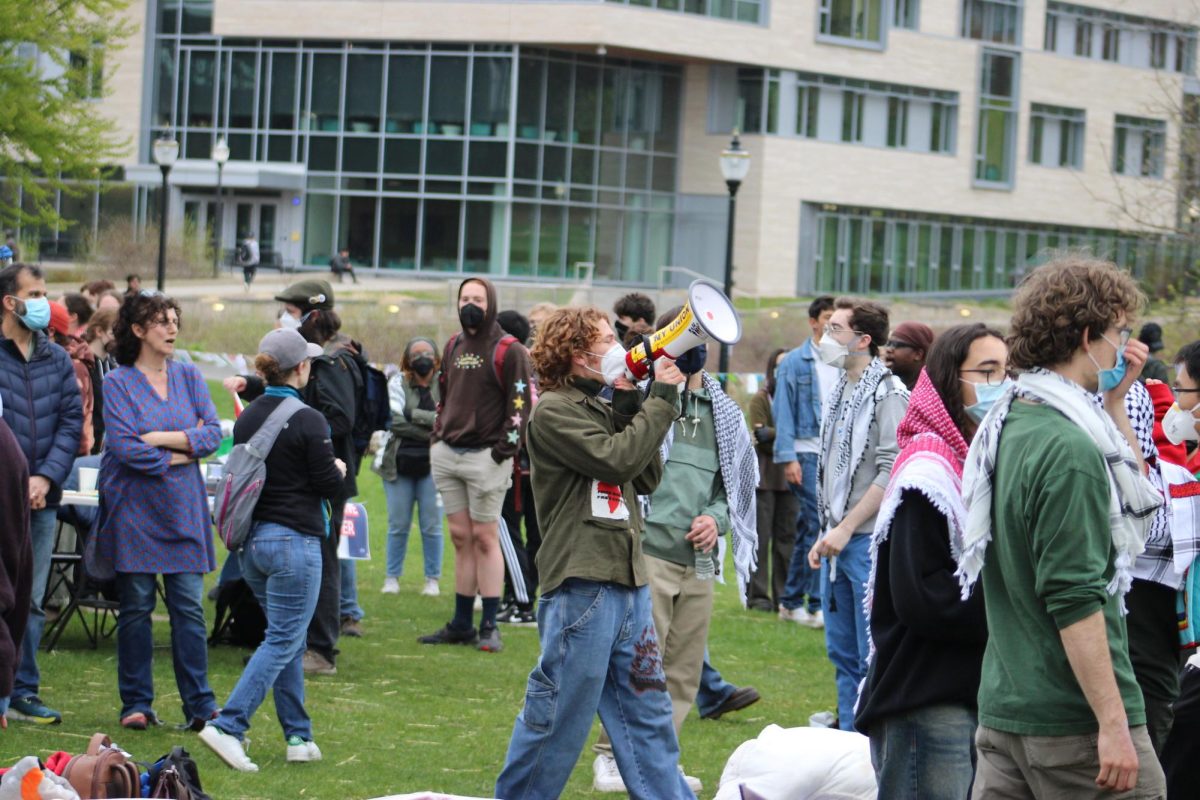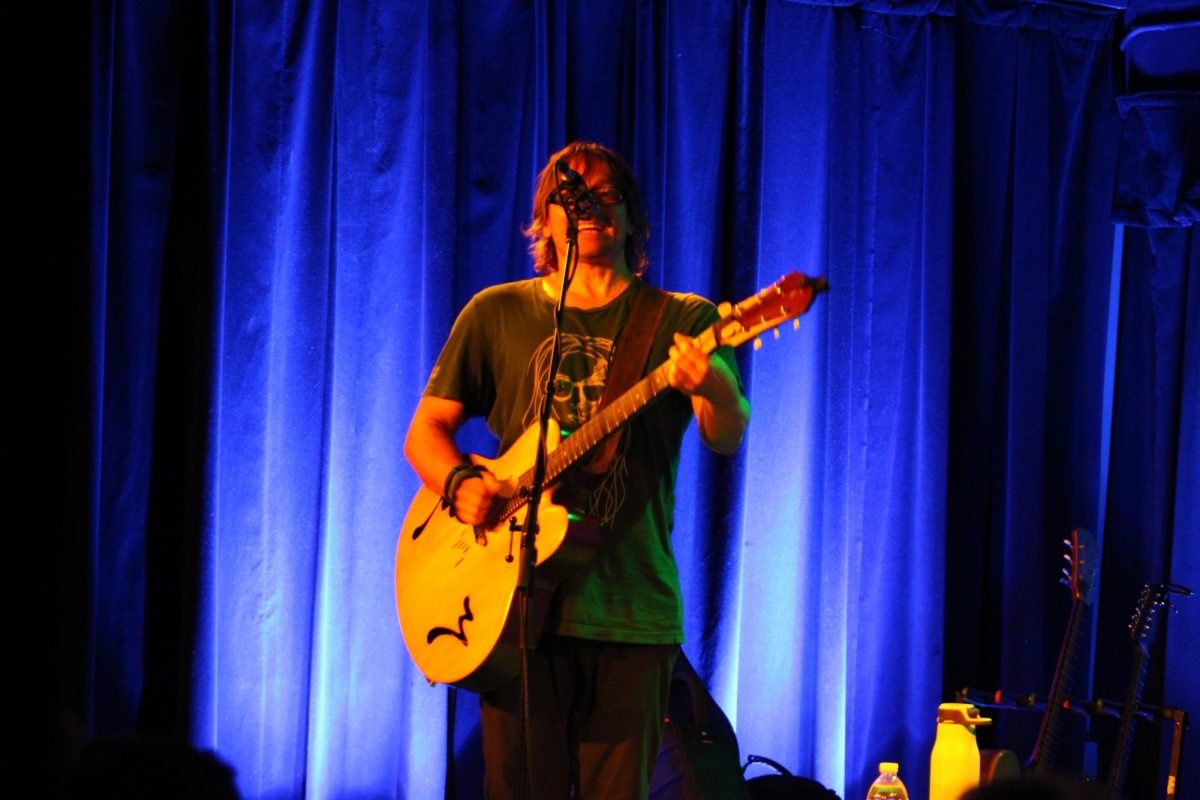BLACK HAWK DOWN
Directed by Ridley Scott
Starring Josh Hartnett, Ewan McGregor and Tom Sizemore
It’s only a movie. It’s only a movie. Keep telling yourself it’s only a movie.
But it’s not.
Black Hawk Down is not just a movie. Hollywood has finally learned that there’s no war story like a true war story, and turned reporter Mark Bowden’s book on the Battle of Mogadishu, Somalia into the best combat picture since Saving Private Ryan. Maybe even better, at least in terms of accuracy.
Somalia, 1993. The United Nations is trying to stop warlords from tearing apart the countryside. Food and aid shipments are interdicted by warlord Mohammed Farrah Aidid, creating a famine that kills thousands. Civil war kills more. United States troops are part of the UN relief force that goes in and tries to save the country. Upon hearing that a meeting between two top Aidid lieutenants is going on, US Army Rangers and other special forces are ordered to go in and arrest them.
Unlike their previous missions, this one will be during daylight, negating the American’s technological advantages, such as night vision goggles. What results is a 15-hour gunfight between thousands of Somalis and just over a hundred US soldiers. Two Blackhawk helicopters are shot down by rocket-propelled grenades (RPGs); a cheap but effective weapon. They stream across the screen, making you duck in your seat as you await the explosion. Watching helicopters spin out of control, and hearing the same audio that CNN rebroadcast many times following the October 3 battle is chilling.
Ridley Scott has done a fine job portraying the confusion, fear, and surrealist moments that make up a fight.
What? Isn’t this the guy who made White Squall, and (shudder) GI Jane? Yes, but it’s also the same guy who made Blade Runner and Legend. Scott has wisely chosen to let the story tell itself. Instead of soul-searching scenes where characters are fully fleshed out, we only learn a little about each. Added to that all the Rangers have regulation haircuts, and it’s hard to tell who’s who. But it really doesn’t matter too much. In the battle, now known to the Somalis as the Day of the Rangers, there were only two sides: the Americans, and everyone else.
So the big names in the marquis matter little. You forget the names, and instead concentrate on little things to differentiate between the characters — what type of weapon they are holding, if they are wounded or not, rank badges, etc. It forces you to pay more attention, and as you do, you are sucked into the hot, dry, dusty hell that was Mogadishu.
And the world is so real — Scott took a page from Steven Spielberg’s book, washing out the colors and using certain camera tricks that make the scenes stand out. Particles of dust and dirt fly through the air, kicked up by bullets and grenades.
Speaking of grenades, whoever did the military advising to this picture finally got a director to listen. Contrary to popular belief, a fragmentation hand grenade does not explode with the force of a small nuclear warhead. Frag grenades go off all over the place in Black Hawk Down, and are barely noticed because of the small explosion they produce. The film also shows other kinds of grenades: high explosive grenades — these canisters are the ones that will turn a room into a fireball. You never see something like that used in a film. You just rarely see things done right; Black Hawk Down does them right.
The question is: did they sacrifice the story for the accuracy in effects?
No.
The story, taken from real life, is like a memory. Scenes of a body being dragged through the streets on CNN, dredged up from our own memories, make it much more real.
It portrays the general confusion of battle perfectly. Nobody knows what’s going on, bullets zip around you, there’s noise, smoke, people are yelling, and you don’t have anything to rely on but your training and the guy next to you. It comes across wonderfully on the screen — everyone is shooting, but you’re never really quite sure at what. And forget Hollywood’s usual portrayal of women and children as non-combatants. They pick up guns, too, and they mean to kill.
The dialogue, at times, is a little strained — probably the only real obvious sign that it is just a movie. Josh Hartnett, who plays Sergeant Eversmann, a squad leader, has several reflective and melodramatic moments that even the real Eversmann agrees aren’t like him at all. But words matter little, because it’s the emotion that carries the film. Soldiers, young men from all over the country, in far away land, not knowing exactly why they are there, but knowing that they have a job to do. They’ve been told they’re the best of the best, and that Ranger patch on their shoulder reminds them of it. To suddenly see your friends die, to see not one but two seemingly invincible helicopters spin out of the sky and to then realize that there’s nobody else to help you, is a weight that is visible on the actors’ faces. Not in their words, but just in the demoralized and beaten look on their faces, as they slam yet another clip of ammunition into their weapons and protect the crash sites.
It’s an exhausting movie, for the characters, for the actors, and for the audience. You walk out of the theater, look around, and wonder why you’re out of breath. It’s because you’ve been holding it for two hours, wondering what’s going to happen next, and kicking yourself for not paying more attention to the news in 1993.

